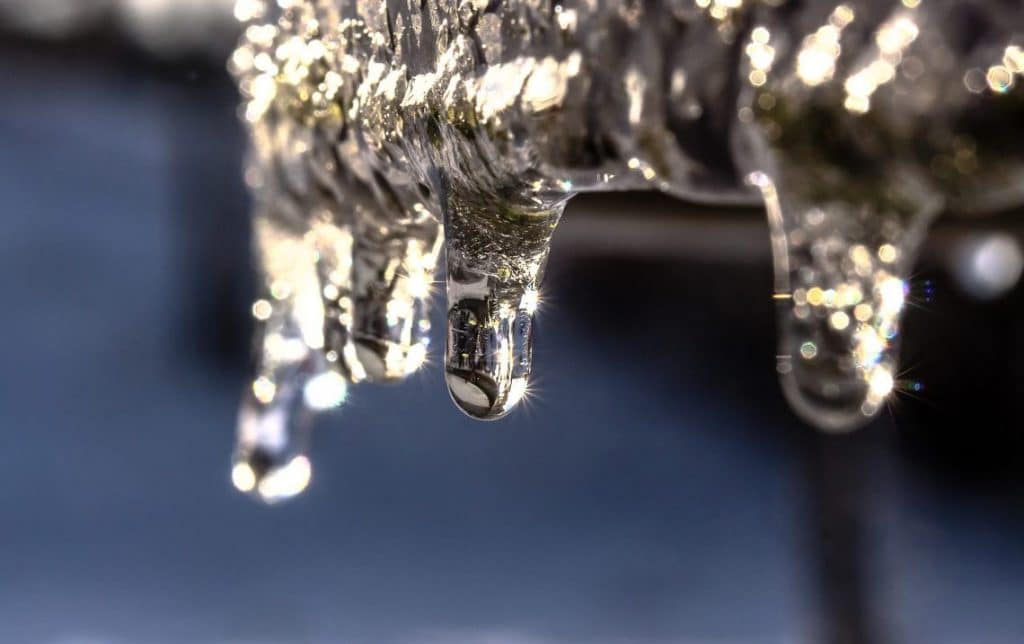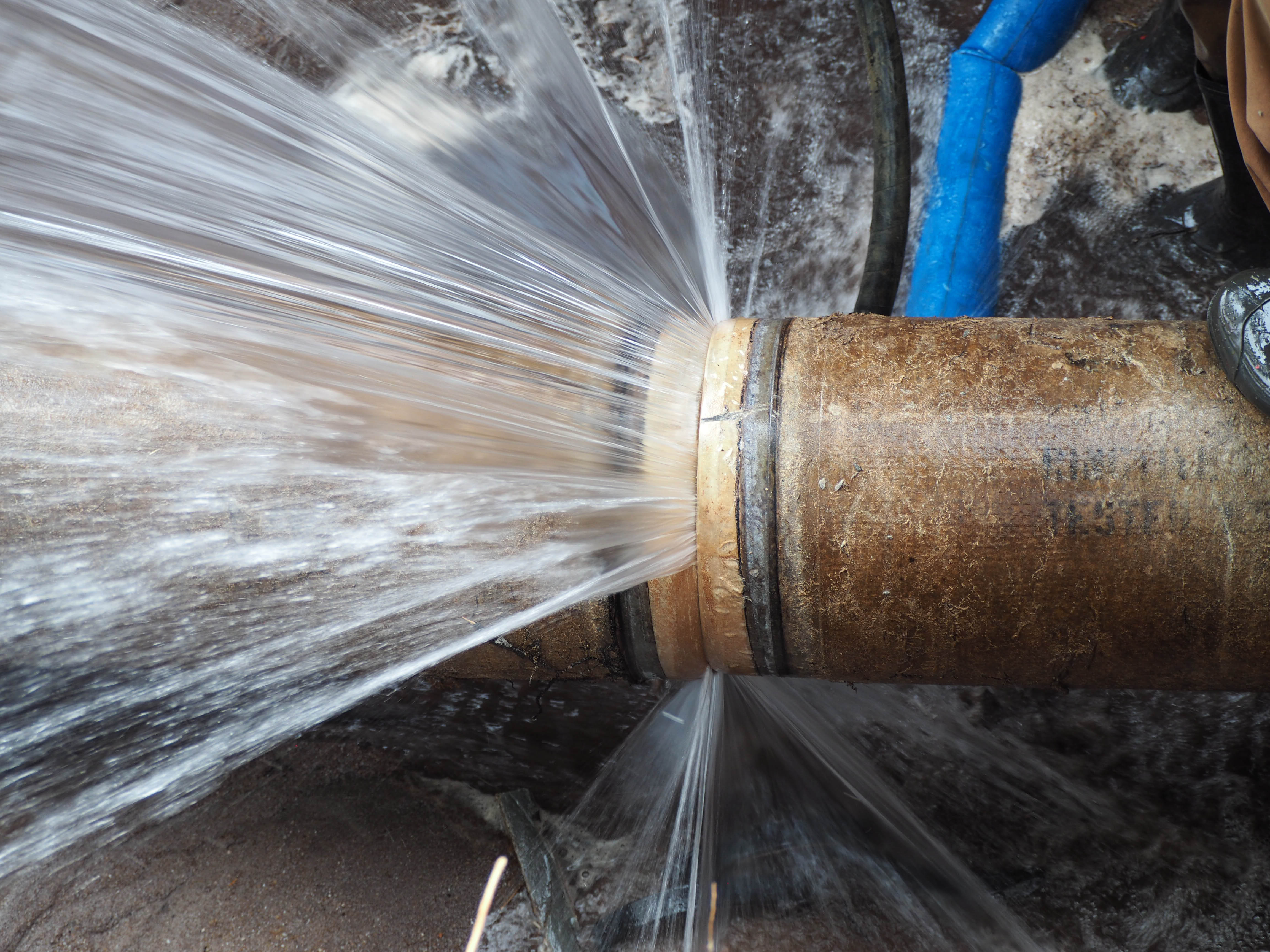Protecting Your Pipes from Cold Weather: Best Methods
Protecting Your Pipes from Cold Weather: Best Methods
Blog Article
The content which follows about How To Avoid Freezing Pipes is exceptionally stimulating. You should give it a look.

Cold weather can ruin your pipes, especially by freezing pipes. Here's just how to prevent it from happening and what to do if it does.
Introduction
As temperature levels drop, the risk of icy pipes boosts, potentially causing expensive repairs and water damages. Understanding exactly how to avoid frozen pipelines is essential for homeowners in chilly environments.
Recognizing Frozen Pipes
What creates pipelines to ice up?
Pipelines ice up when subjected to temperatures below 32 ° F (0 ° C) for expanded durations. As water inside the pipes freezes, it expands, taxing the pipe wall surfaces and possibly triggering them to burst.
Dangers and problems
Icy pipes can cause water disruptions, property damage, and pricey fixings. Ruptured pipelines can flooding homes and trigger extensive structural damages.
Indications of Frozen Water Lines
Identifying icy pipelines early can stop them from breaking.
Just how to determine icy pipes
Look for reduced water circulation from taps, uncommon smells or sounds from pipes, and noticeable frost on subjected pipelines.
Prevention Tips
Protecting prone pipelines
Cover pipelines in insulation sleeves or use warm tape to shield them from freezing temperatures. Focus on pipelines in unheated or exterior locations of the home.
Home heating strategies
Maintain indoor areas adequately heated, especially areas with pipes. Open up cupboard doors to allow cozy air to distribute around pipes under sinks.
Securing Outside Plumbing
Garden hose pipes and exterior faucets
Disconnect and drain pipes garden pipes before winter months. Install frost-proof faucets or cover outdoor faucets with shielded caps.
What to Do If Your Pipes Freeze
Immediate actions to take
If you think frozen pipes, keep faucets open up to eliminate stress as the ice melts. Utilize a hairdryer or towels taken in hot water to thaw pipelines slowly.
Long-Term Solutions
Structural adjustments
Think about rerouting pipes far from exterior wall surfaces or unheated locations. Add added insulation to attic rooms, basements, and crawl spaces.
Updating insulation
Purchase top quality insulation for pipes, attics, and walls. Proper insulation helps maintain regular temperatures and reduces the danger of icy pipelines.
Conclusion
Preventing icy pipelines needs proactive procedures and quick actions. By recognizing the causes, indications, and safety nets, homeowners can protect their plumbing throughout winter.
6 Proven Ways to Prevent Frozen Pipes and Protect Your Home
Disconnect and Drain Garden Hoses
Before winter arrives, start by disconnecting your garden hoses and draining any remaining water. Close the shut-off valves that supply outdoor hose bibs and leave the outdoor faucet open to allow any residual water to drain. For extra protection, consider using faucet covers throughout the colder months. It’s also important to drain water from any sprinkler supply lines following the manufacturer’s directions.
Insulate Exposed Pipes
Insulating your pipes is an effective way to prevent freezing. Pipe insulation is readily available at home improvement stores and is relatively inexpensive. Pay close attention to pipes in unheated areas such as the attic, basement, crawl spaces, or garage. Apply foam insulation generously to create a buffer against the cold. You can also wrap your pipes in heat tape or thermostat-controlled heat cables for added warmth.
Seal Air Leaks
Inspect your home for any cracks or openings that could let in cold air. Seal any holes around the piping in interior or exterior walls, as well as the sill plates where your home rests on its foundation. Additionally, make sure to keep your garage door closed unless you’re entering or exiting. Leaving it open creates a significant air leak that can lead to frozen pipes.
Allow Warm Air Circulation
During cold snaps, it’s essential to allow warm air to circulate evenly throughout your home. Leave interior doors ajar to promote better airflow. Open kitchen and bathroom cabinets to help distribute heat consistently around the rooms. If you have small children or pets, be sure to remove any household chemicals or potentially harmful cleaners from open cabinets for safety.
Let Faucets Drip
A small trickle of water can make a big difference in preventing ice formation inside your pipes. When temperatures drop significantly, start a drip of water from all faucets served by exposed pipes. This continuous flow helps prevent the water from freezing. Additionally, running a few faucets slightly can relieve pressure inside the pipes, reducing the chances of a rupture if the water inside does freeze.
https://choateshvac.com/6-proven-ways-to-prevent-frozen-pipes-and-protect-your-home/

Hopefully you liked our excerpt about How to prepare your home plumbing for winter weather. Many thanks for taking time to read our posting. Enjoyed our review? Please quickly share it. Help somebody else discover it. Many thanks for your time invested reading it.
Article Report this page